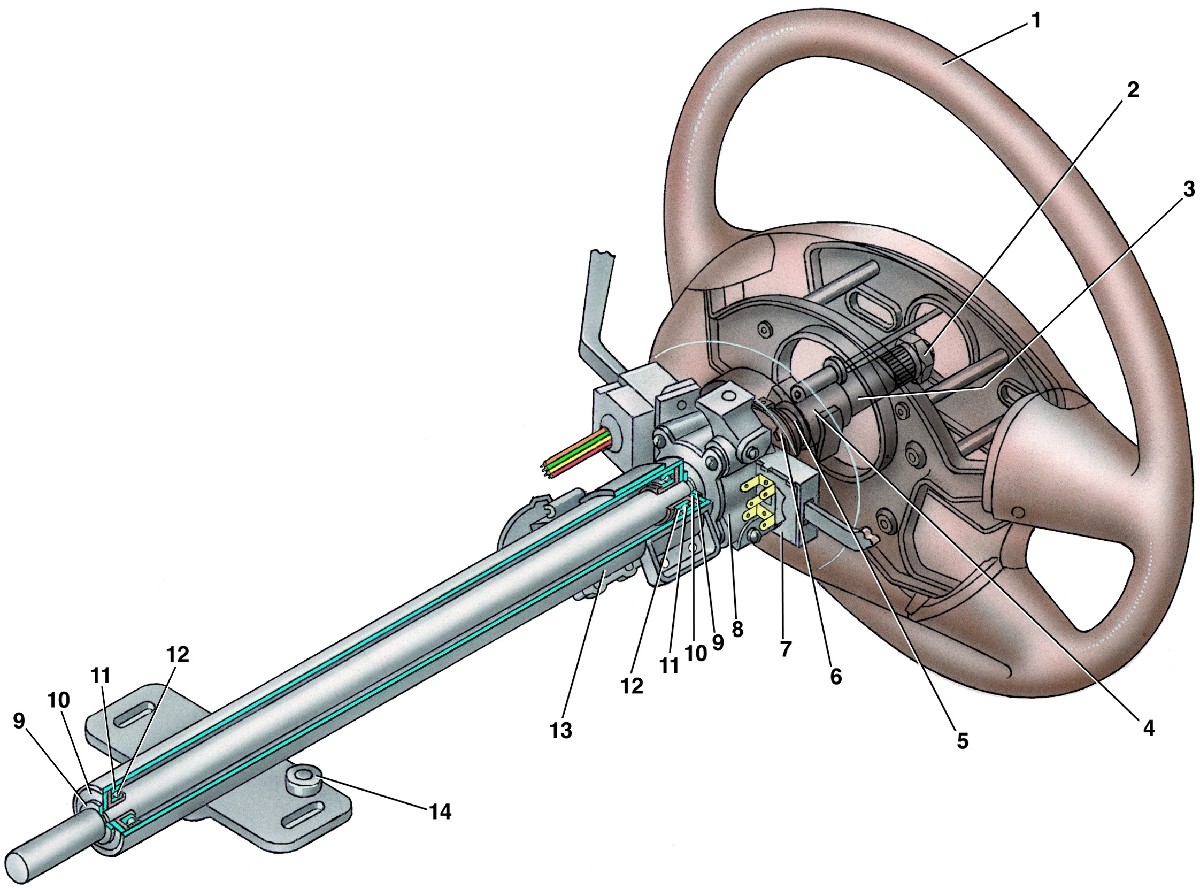
Is a transmission flush required for my vehicle?
Flushing the transmission is essential to the longevity of the automatic transmission. It also improves fuel economy and helps validate warranties.
Regular maintenance is the key to the longevity of any machine. This statement of fact is especially important for the cars, trucks, and SUVs that travel daily on highways and country roads in the United States. While most of us are pretty good at changing engine oil, flushing radiators, and swapping tires, one routine that is often overlooked is a transmission flush. In fact, many car owners often ask if a transmission flush is necessary or if it's just a good idea.
Flushing the transmission every 30,000 to 50,000 miles is critical, especially if you drive a vehicle with an automatic transmission. Let's take a look at the top 4 reasons why an automatic transmission fluid flush as recommended is really necessary.
How automatic transmission fluid works
There is often some confusion about how an automatic transmission works. Simply put, an automatic transmission is a hydraulic system that relies on a constant flow of transmission fluid levels to provide the hydraulic pressure to operate. Transmission fluid is different from engine oil - it's formulated with a specific viscosity and a combination of additives to help reduce expansion when the fluid heats up. This keeps the vehicle's transmission fluid constant, allowing it to flow efficiently through every hydraulic line within the transmission. Over time and with prolonged use, the additives begin to wear out, causing the fluid to thin and increase its susceptibility to expansion due to heat. Dirty transmission fluid must be replaced with new fluid for perfect performance.
Why do you need a transmission flush?
Flushing the transmission is similar to changing other automotive fluids. When you or a mechanic perform an oil change, it's a fairly straightforward process. They will remove the oil pan bolt, remove the oil filter and let the old fluid drain until it stops flowing. However, it does not completely remove all engine oil. Inside the cylinder block and cylinder heads is a row of galleys that store a small amount of oil to lubricate the moving parts until new oil begins to circulate in the engine. Automatic transmission fluid is stored inside hydraulic lines and must be "flushed" or forced through the lines to drain effectively. It also serves a secondary purpose. Flushing the transmission also pushes out debris and other small particles that form from worn transmission filter fibers.
Here are 4 reasons why this process is so important for automatic transmission owners:
Extends transmission life: If the transmission's internal hydraulic lines are clogged, it can cause the internal seals to fail, resulting in internal leaks and could result in complete transmission failure. By flushing fluid and replacing filters every 30,000-50,000 miles, you greatly reduce damage and extend life.
Improves shifting smoothness: Changing the transmission fluid and flushing the fluid improves the efficient flow of transmission fluid throughout the system. The end result is smoother shifting.
It is extremely important to protect guarantees: Most new cars, trucks, and SUVs are covered by a transmission warranty that protects the engine, transmission, and drive system components. However, if these systems are not maintained as recommended, it can void most extended warranties and cost you a significant amount of money if you need to replace them.
This can improve fuel economy: A smooth-shifting transmission is also critical to the efficient operation of your engine. If the transmission slips or shifts higher than the engine is set to, it can and often will burn more fuel inside the engine than it should. Changing the transmission fluid can help improve fuel economy.
You will notice in the information above that we have not mentioned transmission flushes for CVT or manual transmission. These units operate differently and have their own recommended service intervals. The best way to clarify what you should have done to your car is to contact a professional mechanic, your car dealer, or look at your car's owner's manual for a transmission maintenance schedule. This will let you know when all the recommended services are required and suggest that your vehicle perform reliably and protect those warranties.
